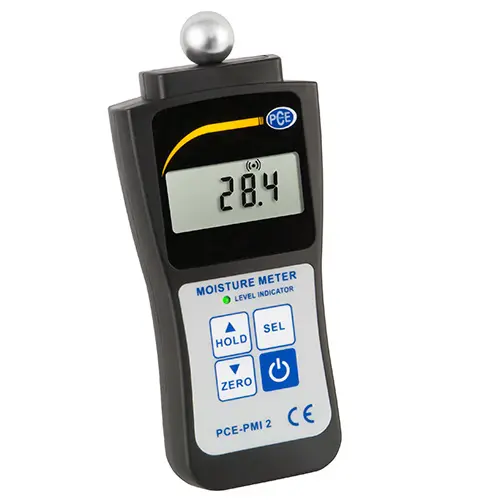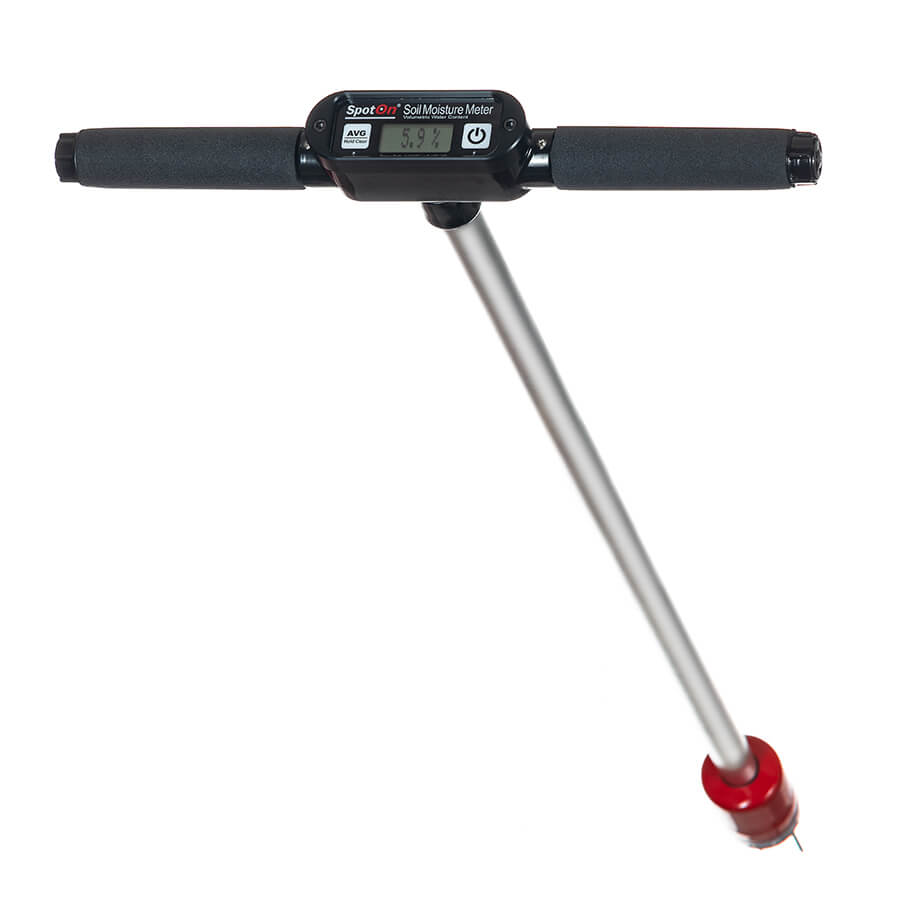Moisture Meter Reviews: Contrasting the most effective Versions for Expert and DIY Usage
Moisture Meter Reviews: Contrasting the most effective Versions for Expert and DIY Usage
Blog Article
Recognizing the Relevance of a Moisture Meter in Avoiding Mold and Water Damage in your house
In the world of home maintenance, the presence of wetness can usually be a silent yet formidable enemy, qualified of creating prevalent mold and mildew growth and insidious water damage if left untreated. Recognizing the value of a moisture meter in this battle is not merely an option however a calculated requirement.
Relevance of Moisture Discovery
Reliable dampness discovery approaches are crucial for protecting buildings and preventing potential mold and mildew development and water damages. Wetness can leak into different building materials, resulting in structural issues and health hazards. By making use of a dampness meter, homeowner can proactively identify locations vulnerable to excess wetness, enabling timely treatment and mitigation techniques.
Moisture meters offer accurate readings of moisture degrees in various materials such as concrete, drywall, and timber. This information helps in pinpointing areas of problem, also in surprise or hard-to-reach locations. Early detection of dampness buildup makes it possible for timely repair work or adjustments to avoid additional damage.

How Moisture Meters Job
Dampness meters play a crucial function in the aggressive recognition of excess moisture, aiding in the avoidance of prospective mold and mildew growth and water damage by giving precise analyses of wetness levels in various building materials. These tools work based upon different concepts, relying on their type. Moisture Meter. Pin-type moisture meters, for example, have two pins that permeate the product to determine the electrical resistance between them. When moisture is existing, it boosts the material's conductivity, resulting in a reduced resistance reading. Pinless moisture meters, on the various other hand, usage electromagnetic sensing units to check the material without triggering damages. These sensors send out electro-magnetic signals that penetrate the product and gauge the dielectric buildings, suggesting dampness content. Some progressed wetness meters integrate both pin and pinless technologies for detailed dampness discovery. Understanding exactly how moisture meters feature is essential for prompt and accurate moisture level assessments, making it possible for effective safety nets versus mold and mildew and water damages.
Finding Early Indication
Upon initial inspection of a property, recognizing subtle indications of excess wetness ends up being essential in the early discovery of potential mold and mildew growth and water damage. Some usual very early indication consist of mildewy odors, water stains on wall surfaces or ceilings, peeling paint or wallpaper, and warped or blemished surface areas. Moldy smells commonly suggest the presence of mold and mildew or mildew, also if no noticeable indications are obvious. Water stains click for info can signify leakages or seepage, while peeling off paint or wallpaper may be an outcome of wetness compromising the attachment of these materials to the surface area. Warped or blemished surfaces, such as bending floorboards or tarnished drywall, are clear signs of water damages. Additionally, a boost in allergic reaction signs or respiratory concerns among occupants may recommend the existence of mold and mildew as a result of excess moisture. By without delay identifying and addressing these very early warning indicators, property owners can minimize the danger of considerable mold development and water damages in their buildings.
Protecting Against Mold And Mildew Growth
Identifying very early caution indications of excess wetness within a residential property not just allows prompt detection of possible mold and mildew growth and water damage yet additionally acts as a proactive step in preventing the spreading of mold and mildew. To successfully protect against mold and mildew growth, it is crucial to address any kind of resources of dampness promptly. This can include dealing with leaks in home windows, pipelines, or roofing systems, guaranteeing correct ventilation in damp areas like shower rooms and cooking areas, and utilizing dehumidifiers in high-humidity areas. Frequently keeping the home and checking's pipes, roof, and gutters can likewise assist in stopping water intrusion that can result in mold development.
Keeping track of dampness degrees in locations susceptible to wetness, such as basements and creep areas, using a moisture meter can additionally help in early detection of elevated wetness levels and prospective mold growth - Moisture Meter. By taking aggressive measures to prevent excess wetness and mold and mildew growth, homeowners check my blog can protect their building and indoor air quality.
Benefits of Regular Tracking
Routine tracking of wetness levels in a residential property can play an important duty in maintaining a healthy and balanced indoor environment and protecting against possible mold and water damages. By frequently checking moisture levels, homeowners can discover any type of issues without delay and take essential actions to prevent mold and mildew growth and water damages. Among the essential benefits of regular tracking is early discovery. By determining and attending to high wetness levels early, homeowners can intervene prior to mold has the chance to create and spread. This positive approach can save both time and cash over time by protecting against comprehensive mold removal and repair work costs.
Moreover, routine tracking enables homeowners to track patterns and trends in wetness levels with time. By developing a standard and surveillance changes, people can recognize any kind of locations of problem or potential susceptabilities in the residential or commercial property's structure. This data-driven approach allows targeted interventions and upkeep initiatives to address underlying issues prior to they intensify right into more considerable troubles. Inevitably, the constant tracking of moisture levels encourages homeowners to shield their residential or commercial property, guard their health, and preserve the integrity of their indoor environment.

Final Thought

By using a dampness meter, building owners can proactively recognize areas vulnerable to excess moisture, allowing for timely intervention and reduction approaches.

Keeping an eye on moisture degrees in locations susceptible to wetness, such as cellars and crawl areas, making use of a moisture meter can likewise aid in very early discovery of elevated dampness degrees and prospective check it out mold development. (Moisture Meter)
Report this page